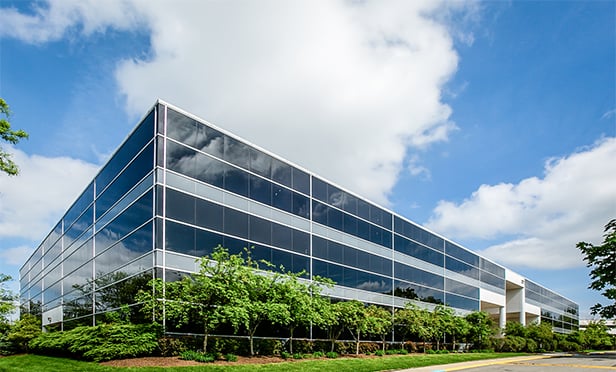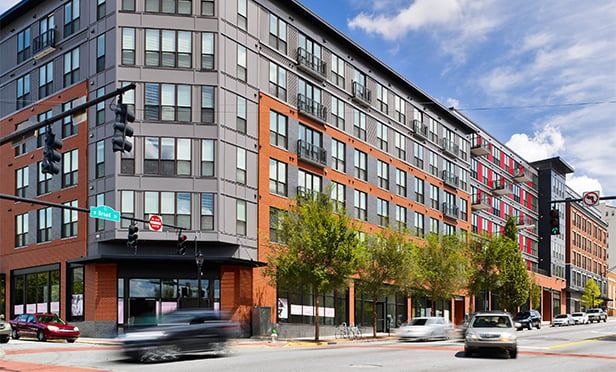SANTA MONICA, CA-Individual and institutional investors are pouring into the single-family home market, creating a downstream revenue increase for businesses tied to renovating and managing property.
This was the conclusion of a report titled “Investors and the Home-Rental Market” released by IBISWorld, a business research firm based here. The report was authored by analysts Matthew MacFarland and Deonta Smith.
A different kind of buyer has been powering the housing recovery, the IBISWorld reports states. “Along with individual investors, institutional investors have poured in to the single-family home market, buying enough foreclosed and unsold homes to reduce inventories, drive up prices, and encourage new construction.”
All-cash home purchases – which are typically made by investors – made up about 32% of sales nationally in March, 2013. That's a sharp rise from 20% of such sales in 2009, according to figures provided by the National Association of Realtors. The prospect of higher returns than those provided by commercial buildings and apartments are driving the trend, says the report.
Asked if the housing report could possibly indicate the early stages of a real estate bubble, Smith tells GlobeSt.com “Potentially, it could be. That's because we don't exactly know what will happen with the home builders market going forward. We have a younger population which has accrued a lot of college debt and may be apprehensive making a purchase," he says. Instead, they will turn to renting properties, he says.
However, communities “will be better off” in the short-term from institutional investor purchases, Smith says. “They're buying foreclosed homes or homes that need a lot of work. So, in the short-term, we will see home values increase.”
The report lists several ancillary services used by investors that are experiencing revenue growth. They include remodeling (with a 2013 revenue growth rate of 21.1%); landscaping services (up 6.6%); painters (6.7%); home improvement stores (3.3%); interior designers (3.6%); home furnishing stores (5.9%), floor covering stores (5.9%), and property management firms (6.0%). The ancillary services statistics were provided by the National Association of Realtors.
Most of the large-scale investors are not expected to remain in the single-family home market for long, the IBISWorld report says. As home prices rise and better consumer finances make buying a home attractive again, institutional investors will begin selling.
The report warns that if too many institutional investors decide to sell at once, it will flood the market with new inventory, dramatically increasing the supply of homes and risking another collapse in prices. The report concludes that consumer buying power is anticipated to regain enough strength to prevent a drastic drop in prices.
However, Smith warns that demand for homes could “wane substantially” in the future, citing increased student loan debt from higher college tuitions and lower salaries potentially cooling demand for home purchases. He estimated the timeline for this development at ten years out from now.
As reported earlier by GlobeSt.com, IBISWorld signed a lease for 16,200-square-feet of office space at 40 Wall Street.
Want to continue reading?
Become a Free ALM Digital Reader.
Once you are an ALM Digital Member, you’ll receive:
- Breaking commercial real estate news and analysis, on-site and via our newsletters and custom alerts
- Educational webcasts, white papers, and ebooks from industry thought leaders
- Critical coverage of the property casualty insurance and financial advisory markets on our other ALM sites, PropertyCasualty360 and ThinkAdvisor
Already have an account? Sign In Now
*May exclude premium content© 2025 ALM Global, LLC, All Rights Reserved. Request academic re-use from www.copyright.com. All other uses, submit a request to [email protected]. For more information visit Asset & Logo Licensing.








